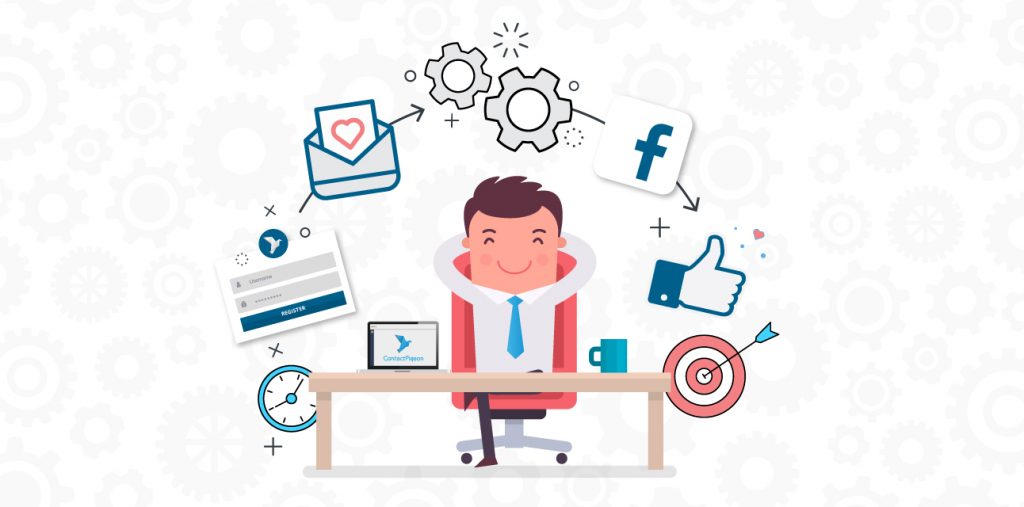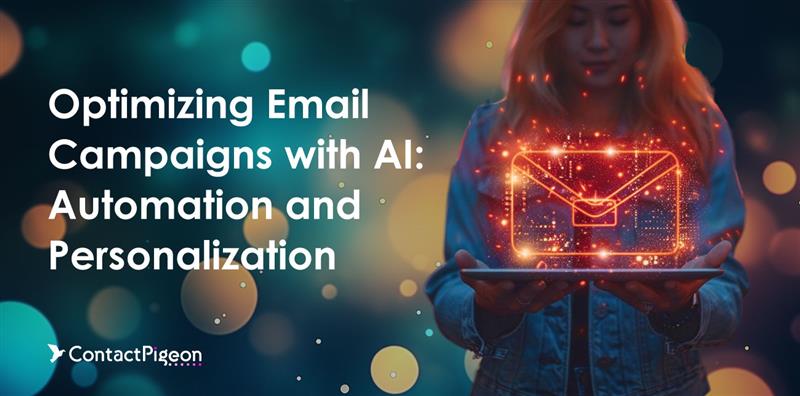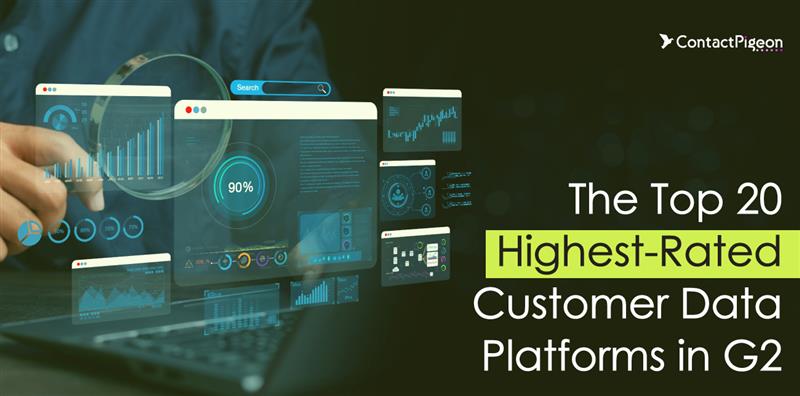2019 Update: We released a detailed eCommerce Marketing Automation guide. You can read it here.
Unless you sell magical elements or proclaim to be a wiz in online marketing, chances are, a good majority of your online visitors don’t convert immediately. Acquiring leads and turning them into customers requires a gradual process. This process, also known as lead nurturing, can not only bring customers but also increase the overall customer lifetime value. In eCommerce, you can tap into the power of marketing campaign automation for leads nurturing to win conversions in the long run.
Today, we will cover the key Marketing Automation scenarios that work wonders in establishing trust and rapport with your potential leads.
Lead Nurturing is about building trust
A common pitfall that retail brands encounter is over-communicating what they can offer to the potential customers. This comes two forms, from the frequency of communication to the type of information that is disseminated. As the result, those brands overwhelm their leads and generates negative brand experiences. This pitfall could be tackled by remembering one imperative mantra:
[bctt tweet=”Know your audiences and communicate in a way that’s personal to them.” username=”contactpigeon”]
All form of communications, including marketing messages, must be personalized to the audience you are aiming at. It’s a key way for eCommerce and other online businesses to establish a healthy and trustworthy rapport with the potential customers. Successful lead nurturing begins with listening to the needs of your leads and providing the information that best meets their needs.
Marketing campaign automation and customer segmentation are two tools that can enhance the lead nurturing effectiveness for your e-shop. Customer segmentation capability can help you gain deeper insights in understanding your leads’ needs and how they typically respond to the information you provided. While marketing automation campaign features allow you to automatically deliver consistent messages with highly relevant content to your leads, at a frequency that suits their profile. As a result, your leads will more receptive to the branding stories and product education that your lead nurturing process aims to provide.
Set the tone with Welcome Series
‘Welcome series’ refers to the message(s) sent after a visitor subscribes to your website. This is often the first official communication between the brand and its customers. Many online businesses send a “Thanks for subscribing” confirmation email after the signup. However, that approach simply misses the great opportunity to start engaging the leads on your brand and product offerings.

Welcome email from Sephora
Sephora, the global beauty retailer, has established a successful online and offline community with the assistance of marketing automation campaigns. Whenever a new subscriber joins its loyalty program, notice how Sephora uses its welcome email to effectively trigger future interactions with the new customers.
Most Sephora shoppers have one thing in common – they love beauty tips and beauty trends. Hence, aside from the basic welcome, Sephora fills half of the email with everything a beauty addict enjoys (e.g., gifts, promotions, education, seasonal trends) to get their new leads excited about what’s coming ahead. Towards the end, the lead gets a clever ‘update your subscriptions’ option so that they get the most out of the brand plus avoid message fatigue. Win-win!
Lastly, the “Welcome Series” should be, after all, a series. While a single thank you email is great as an introduction, having a well-planned series gives you multiple chances to interact and learn about your new subscribers. This means more ways to instill your brand philosophy and personalize your future interactions with your leads.
Personalized messages with Marketing Campaign Automation
A generic email promoting your products can hardly be appealing in an age where your prospects are bombarded with similar promotions. Consequently, the relevance and timeliness of your marketing messages are the most important characteristics of good lead nurturing content.
One of the easiest ways to be relevant is sharing content that a lead has demonstrated interests in.
The MOMA store has a well designed and personal campaign that’s fit for the season. The “Back in Stock” shower cap campaign combines two personalization tactics – one, MOMA featured shower cap to those leads who have previously browsed or searched for it, and two, it notifies leads that the cap back in stock again, thereby offering an opportunity to take action.

Personalized email campaign from MoMa
The tactic MOMA used is analogous to many others that Marketing Campaign Automation software ContactPigeon allows you to apply. Based on demographic data such as gender, or behavior information such as browsed products, you can dynamically segment leads into targeted audience for specific promotions. This way, you avoid the possibility of annoying those leads who have absolutely no interests in specific products or information. Combined with marketing campaign automation, which allows action triggered campaigns based on your lead’s online activity (e.g., exited after browsing specific product category), you are now capable of developing extremely personalized and timely communications with your leads.
Make multi-channel a part of your lead nurturing
In most cases, your leads and customers are active across multiple channels. Some rely on social media to learn about latest trends from a brand. For many others, email serves the primary way to interact.

Welcome email from Bergdorf Goodman encourages multi-channel interactions
Bergdorf Goodman sends a lead nurturing campaign 2 to 3 days after someone subscribes. The message is simple. It encourages potential customers to interact with the brand across its multiple social media channels.
For leads who are further down in your purchase funnel, on site retargeting tactics can be extremely effective in motivating the leads through the purchase journey. An example of this is a ‘shipping & returns’ popup message when your lead is considering a product purchase but is hesitant on the shipping policy.
If you run brick & mortar shops, then it’s critical to bridge online and offline channel thru an integrated CRM platform connects customer activity details across both channel. There are multiple benefits of using online campaigns to boost offline sales. A good example is geolocation based campaigns, where you promote local store activities to those leads that are within a specific radius of your stores.
Social Media channel is another great way to nurture your leads with interesting content based on their browsing patterns. If a lead is contemplating on purchasing, say, running shoes. You could use social media to promote a highly relevant post on the ‘10 top running gears in 2017’ to this set of audiences. By doing so, you add value by educating your leads on product selections provide another chance to attract them back to your website. ContactPigeon gives you the ability to dynamically sync a custom audience group based on their e-commerce patterns in Facebook so you can run highly targeted campaigns across your social channels.
In conclusion
Overall, marketing campaign automation offers your e-commerce business different ways to nurture your leads, increase awareness and engagement to your website while simultaneously lowering the costs of customer acquisition via personalized messages. It is a fruitful and cost effective practice that brings your leads closer to your brand.



